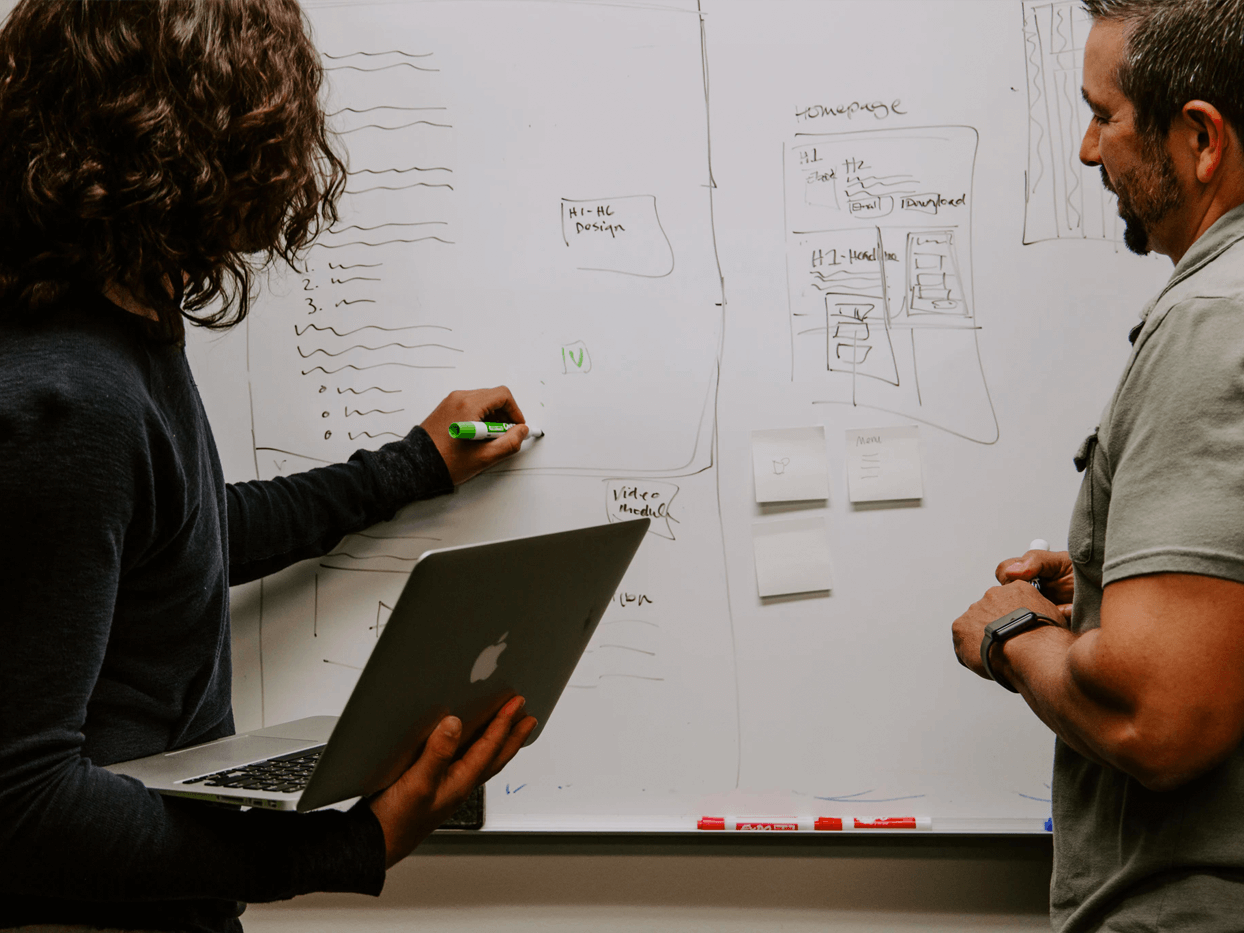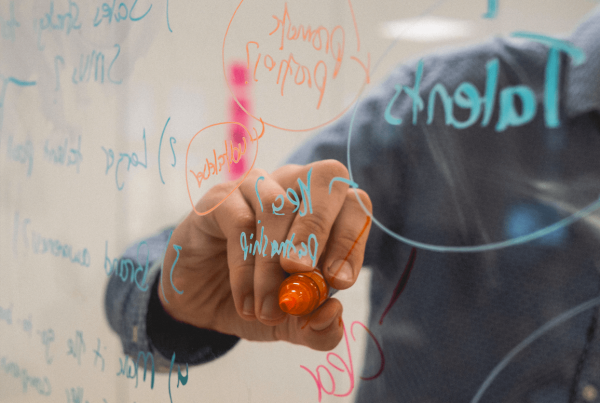“Intelligence isn’t expecting people to understand what your intent is;
it’s anticipating how it will be perceived.”
– Shannon L. Alder
Imagine it: you’re ready to build out a new digital application after months of waiting, planning and budgeting. You’ve done the research. You’ve built out a robust product roadmap. You’ve spent an enormous amount of time and effort on development and now – finally – the digital product is in your hands. But when you put the product in front of your end user, you find out that the functions, interfaces and benefits you thought they’d adopt quickly aren’t correct at all. Then it’s back to the drawing board – with time, money and countless other resources completely wasted.
We’ve all been there. (If you haven’t been – count yourself very, very lucky.) However, we believe that by following a specific and proven process at the very beginning of the development life cycle, you can avoid that re-work altogether. To address that issue, we developed Joint Application Modeling, or JAM Sessions. JAM Sessions enable you and your team to gather the correct software requirements early on in the development process. These sessions use human-centered design, visualization and rapid prototyping to very clearly and concisely communicate your customer’s goals. By modeling this way, we reduce the fuzziness that often bubbles up during the software development process. Addressing that ambiguity early on will provide a direct and positive impact to your project’s cost and time-to-market. When you take a human-centered approach – and get it right the first time – your user will be satisfied with the end result. While the process of our JAM Sessions hasn’t changed much over the years, the technology (and knowledge) we use to get there has. The value to our customers remains the same even in the face of advanced methodologies such as Agile and Lean.
 If you’re familiar with Joint Application Design (JAD) sessions, you may see some parallels here. JAD was developed back in the ’70s as a way to include customers (users) in the development process in order to gain early consensus. While JAD and JAM Sessions are fairly similar, they’re different in some key areas. Take a look.
If you’re familiar with Joint Application Design (JAD) sessions, you may see some parallels here. JAD was developed back in the ’70s as a way to include customers (users) in the development process in order to gain early consensus. While JAD and JAM Sessions are fairly similar, they’re different in some key areas. Take a look.
 Here at OneSpring, we’ve seen firsthand that so many customers benefit from these engaging, collaborative and iterative techniques. Even though the advances in our technologies have changed over time, the value itself remains the same – and at the end of the day, what we do is all about people and process. How you and your team bring them together (and perfect them) collaboratively is what the JAM Session is all about.
Here at OneSpring, we’ve seen firsthand that so many customers benefit from these engaging, collaborative and iterative techniques. Even though the advances in our technologies have changed over time, the value itself remains the same – and at the end of the day, what we do is all about people and process. How you and your team bring them together (and perfect them) collaboratively is what the JAM Session is all about.





